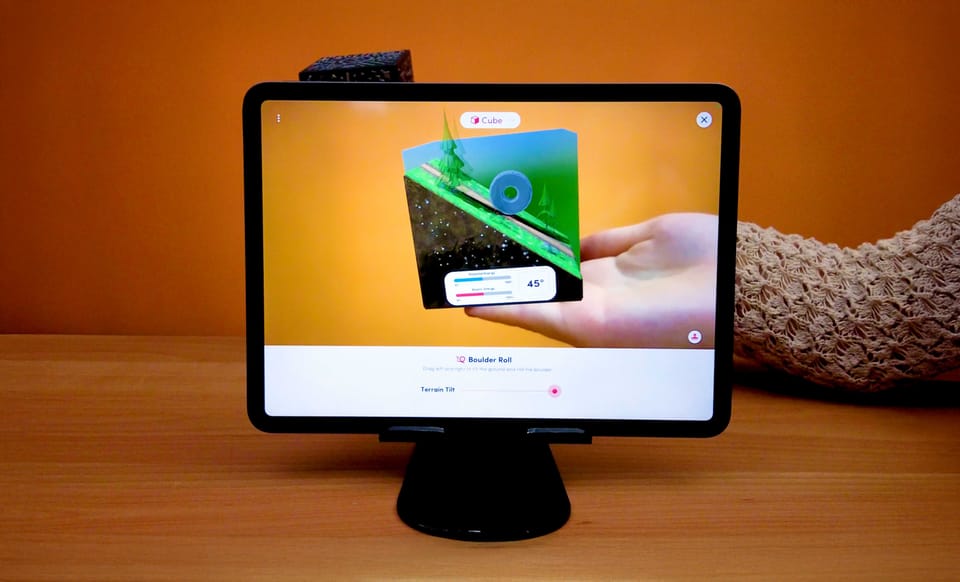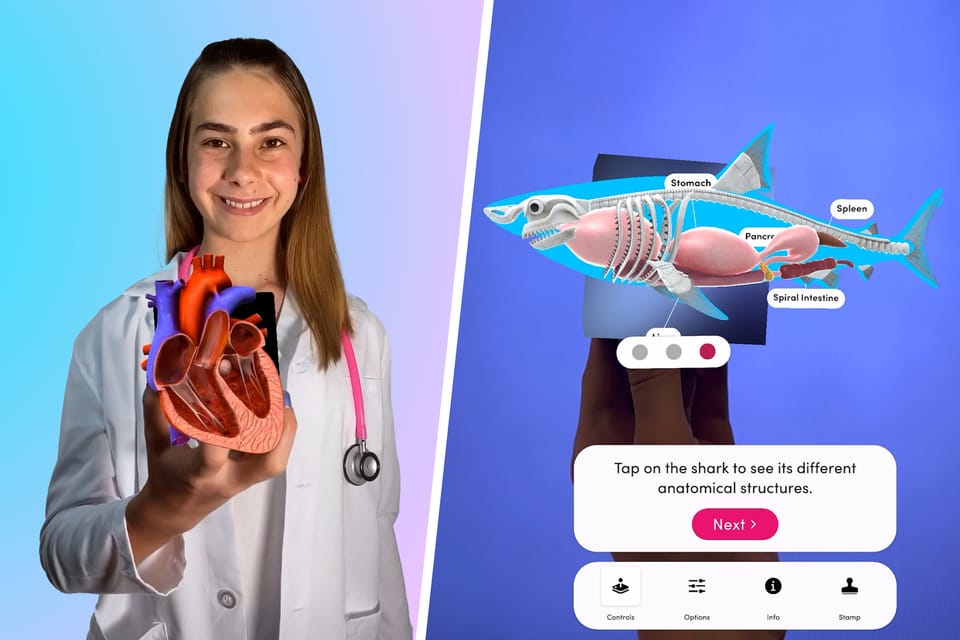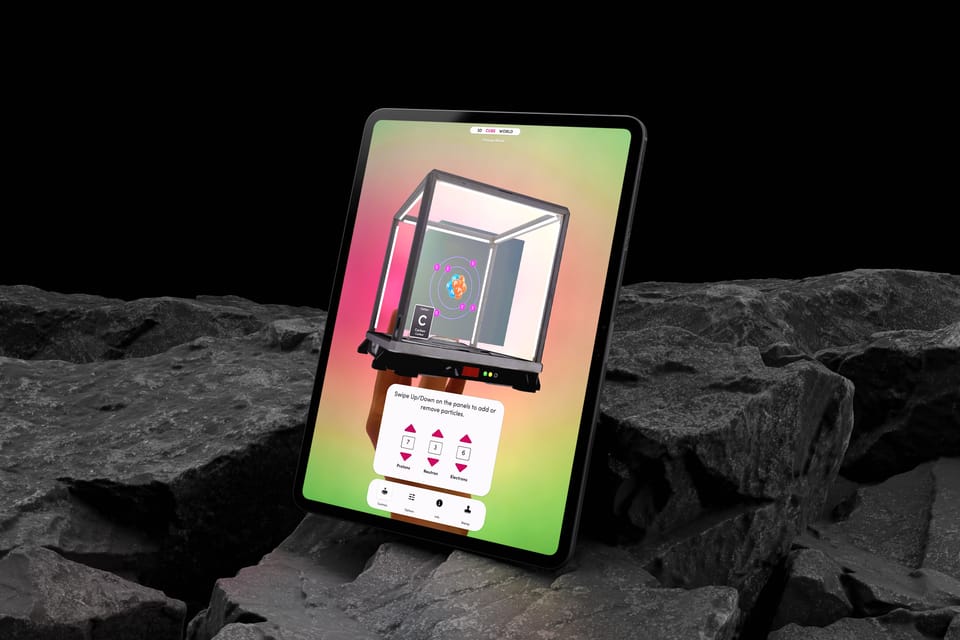Shaping the Earth: Explore Horseshoe Bend with Merge EDU
Not every school can visit a canyon or dig up fossils. But every classroom can explore these concepts with Merge EDU to help make geology tangible and help students visualize large-scale changes to the Earth’s surface.

From weathering and erosion to river systems and rock layers, geology is a subject best understood when students can see it—and even better, hold it.
With Merge EDU, students can explore one of the most iconic geological formations in the United States, gaining a deeper understanding of the forces that shape our planet—all from the palm of their hand.
🌀 What Is Horseshoe Bend?
Located in Arizona near the Grand Canyon, Horseshoe Bend is a dramatic meander in the Colorado River that showcases millions of years of erosion, sedimentation, and geological change. Its curved cliffs, deep canyon walls, and layered rock formations are a powerful visual example of how rivers sculpt the Earth over time.
Now, with Merge EDU, your students can examine this landmark from every angle—no field trip required.
✋ Hands-On Geology: Learning Through Interaction
With the Horseshoe Bend simulation found in the Merge Explorer app, students can:
- Adjust the timescale to see how the river carved through layers of rock over time
- Make connections between water movement and landscape formation
- Visualize water erosion in the palm of their hand
It’s one thing to show a photo of a canyon. It’s another to let students hold one, explore it in 3D, and understand the processes behind its formation in an intuitive, hands-on way.
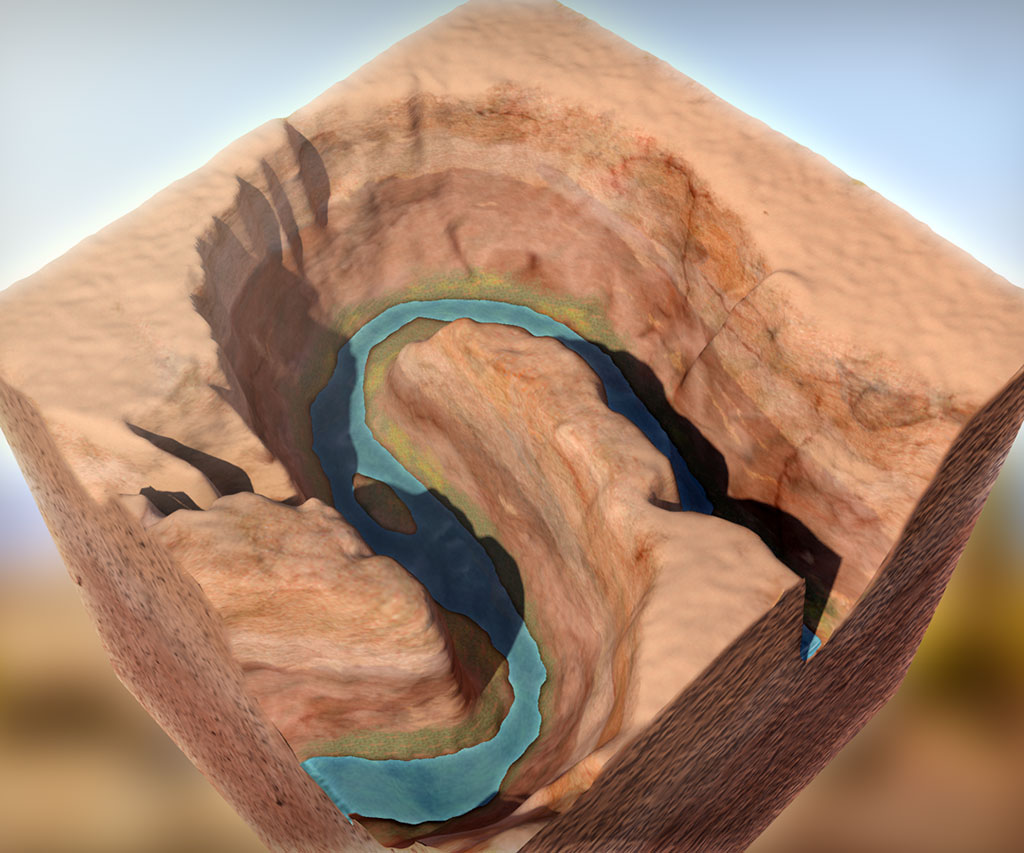
🪨 Explore the Rock History of Earth with Merge EDU
In addition to the simulation of the formation of Horseshoe Bend, the Merge Explorer app also lets students explore other concepts from Geology:
- Layers of Fossils - Perform your own virtual dig to uncover fossils in each rock layer.
- Layers of Rock – Watch the layers of rock build up over time to give us the strata we see today in the Grand Canyon.
- Pangea - Watch the giant supercontinent of Pangea split up to create today’s continents
Extra Credit – Pair the AR simulations in Merge Explorer with rock and mineral collections from Merge Object Viewer
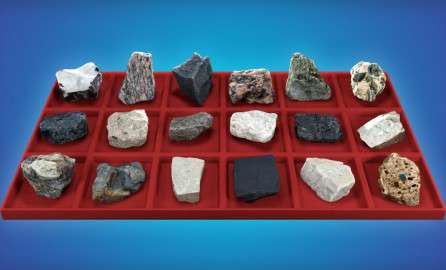
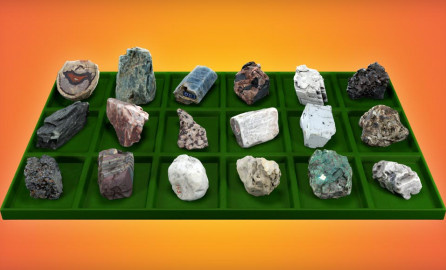
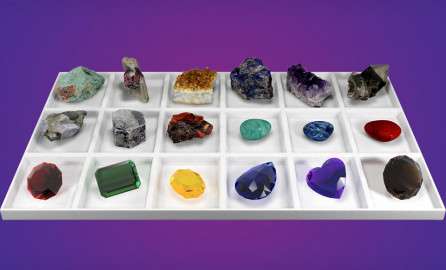
🌍 From the Canyon to the Classroom
Not every school can visit a canyon or dig up fossils. But every classroom can explore these concepts with Merge EDU to help make geology tangible and help students visualize large-scale changes to the Earth’s surface.
👉 Start exploring for free today! Sign up for the free trial at TryMerge.com, and print out Merge Paper Cubes for your students at MergeCube.com/paper.






